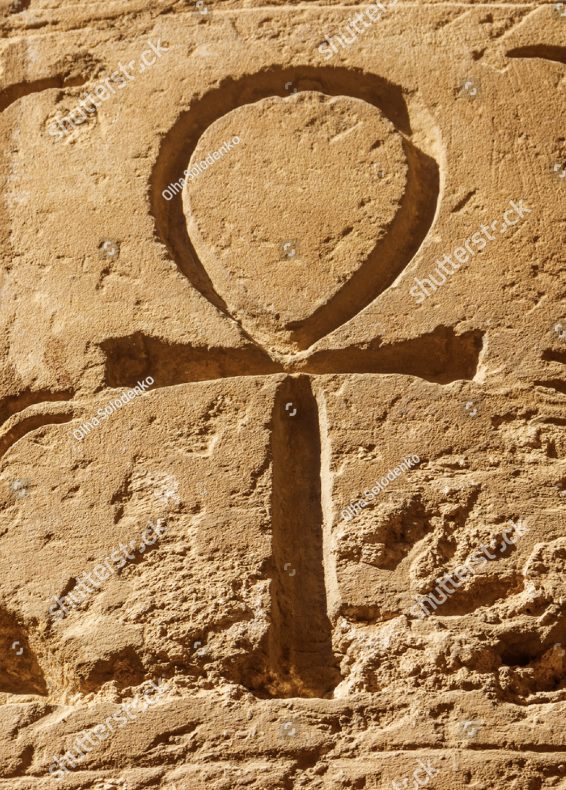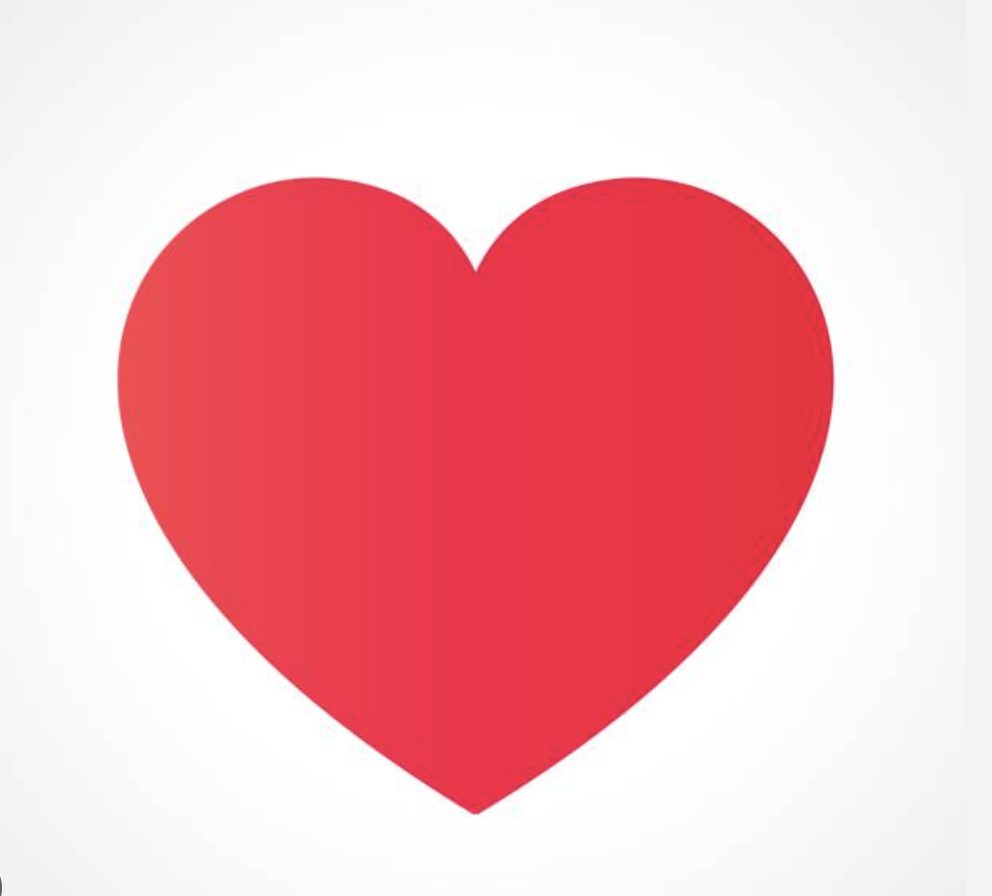Hieroglyphics combined logographic and alphabetic elements, representing sounds, objects, and concepts. They were used in a variety of contexts, including religious texts, monumental inscriptions, and administrative documents. Deciphering hieroglyphics required understanding hundreds of symbols, their various meanings, and the context in which they were used. And also, hieroglyphs used a wide array of symbols, including representations of animals, plants, objects, and abstract concepts, often with deep cultural and religious significance.
Instagram’s icons are designed for user interaction, representing various actions (like posting a picture), features (like exploring new content), and notifications (like receiving a new message). Those icons are designed to be intuitive for digital users, with most symbols being self-explanatory or quickly learnable through use. The icons are based on universally recognized digital symbols and metaphors. For instance, a heart icon represents ‘liking’ a post, and a paper plane symbolizes sending a message.
For a visual comparison, let’s take the ‘ankh’ symbol from Egyptian hieroglyphics, representing the concept of life, and compare it with Instagram’s ‘heart’ icon, which is commonly used to represent liking or loving a post.

This picture imagines the Egyptian hieroglyph of an ‘ankh’, a symbol resembling a cross with a loop at the top. This icon was widely used in ancient Egypt to represent the concept of life, or eternal life.

This icon from above envisions the Instagram ‘heart’ icon. This is a simple, stylized heart shape, commonly recognized in the digital world as a symbol for ‘liking’ or showing affection for a post, and also looks similar to ‘ankh’.